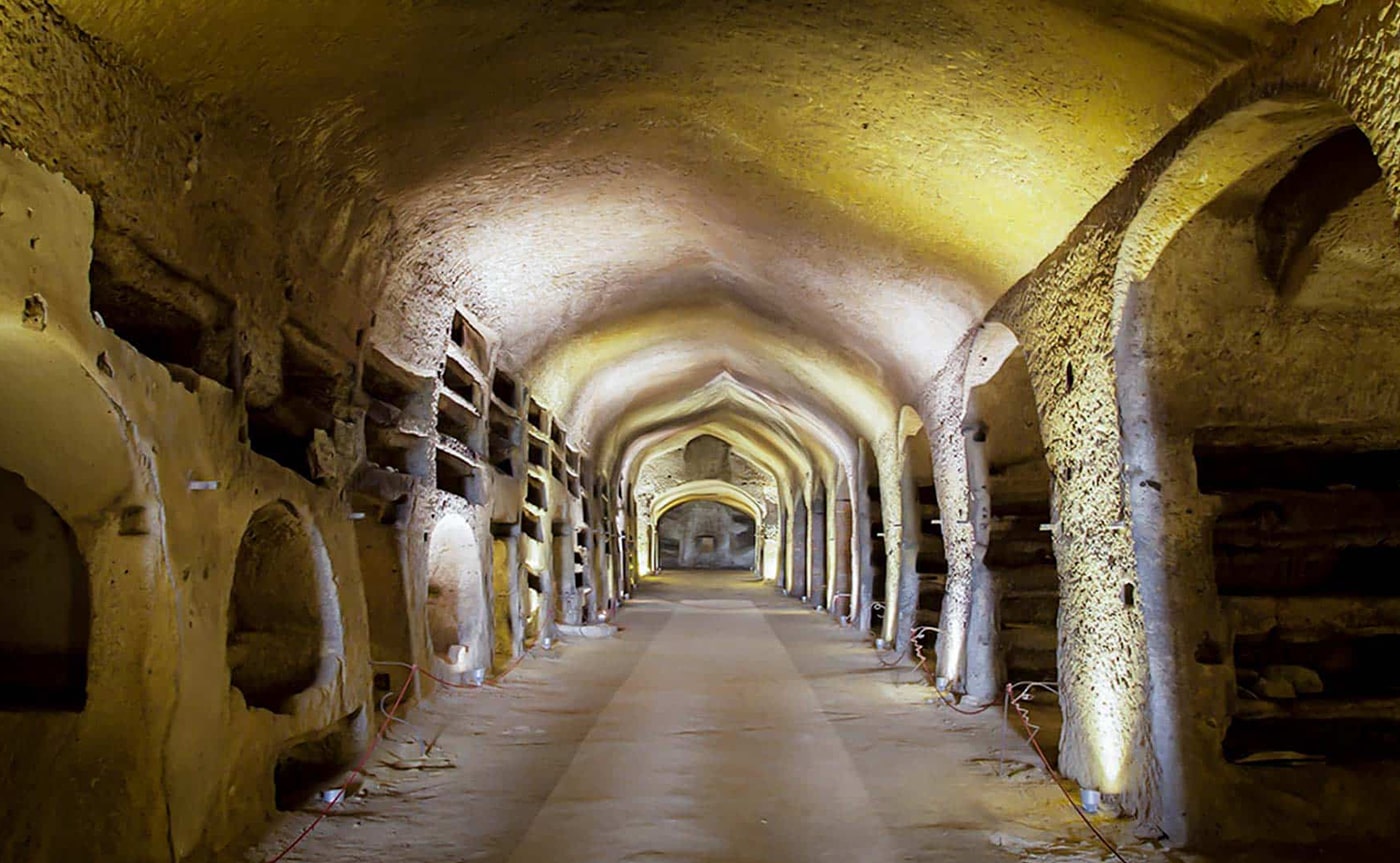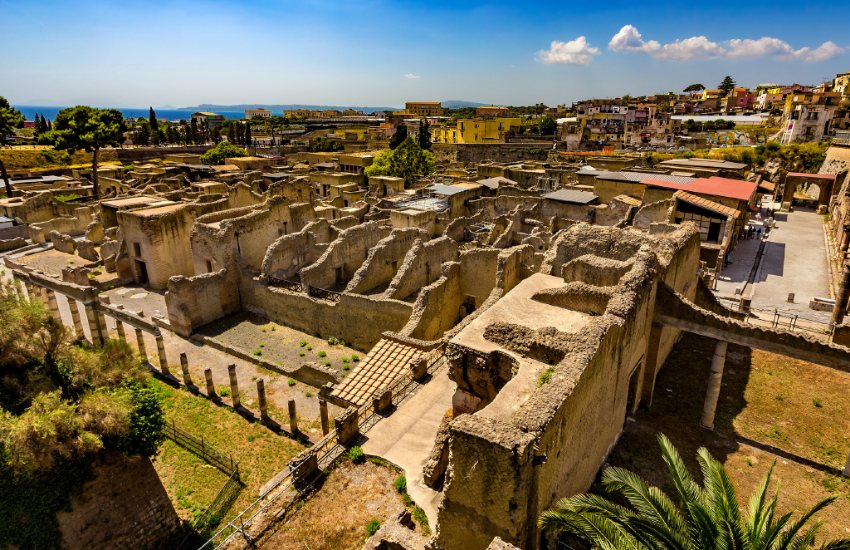
Discover Underground Naples: a hidden treasure
Nov 12, 2020
Naples underground is a total hidden treasure! Imagine making a fascinating journey through 2400 years of history, marked by works from the Greek and Roman periods, up to the modern age. If it helps, this is what Naples underground would feel! The first excavations made in the belly of the city of Naples, at a depth of 40 meters, date back to 5000 years ago. It took 20 years of intense excavation and reclamation work to bring to light an underground museum of immense beauty and of fundamental importance to know the insights of life, historical memories, and customs of the time that would otherwise have been lost.
History and historical notes

In the 4th century BC it was the Greeks who gave life to the underground cisterns to cope with the water supply and to dig quarries to find the material necessary for the construction of the buildings, temples, and walls of the city of Neapolis. The Greeks used the subsoil of the city to excavate, at a depth of 10-12 meters, also the rooms to be used as burial hypogea.
The Romans of the Augustan era began the monumental development of underground tunnels, building a network of road tunnels and the imposing Acqua Augusta Campaniae aqueduct , fed by the springs of the Serino. In the 16th century, the Neapolitan nobleman Cesare Carmignano decided to build a new aqueduct that could completely satisfy the population’s water needs.
During the Second World War the underground cavities were illuminated to become shelters against aerial bombing, so at the sound of the siren, thousands of people could run down the stairs to hide in its deep streets.
Naples Underground Tour

There isn’t a better way to enter the mysterious Naples Underground, built on the precious yellow tuff, than a 5-hour tour with a tour guide who will accompany you to discover its submerged ruins. It starts from the Fountain of Neptune, in Piazza Municipio, and then descends into the silent world of its ravines, where a path winds its way that leads to its ancient beauties.
Greco-Roman aqueduct
Going down 136 steps you enter the tuff cavities dug in the 4th century BC. C. by the Greeks. It is an itinerary illuminated by the light of candles that leads to the Greco-Roman Cistern, a masterpiece of the architects of the time, which extended up to 70 kilometers from the urban center.

Hellenistic Hypogea
The Hellenistic Necropolis, which became a UNESCO World Heritage Site in 1995, is located near the Rione Sanità, where the Greek-Neapolitan aristocracy had finely decorated tombs built 2400 years ago. Walking below Via dei Cristallini, you enter a door flanked by 4 columns, where 4 tombs accompanied by ancient treasures are placed.
Bourbon Gallery
Continuing the route you arrive at the tunnel built in 1853 by Ferdinand II of Bourbon to connect the Royal Palace with Piazza Vittoria . From the monumental entrance, a few meters from Piazza del Plebiscito, one descends deeply through a staircase built in the 1700s. The bridges and walls made to cross the cisterns are the frame, together with the fragments of statues and period objects.
War Museum
Visiting the War Museum reserves some exciting moments, you enter the rooms where documents, artifacts and materials relating to the Second World War are kept, which make you take a leap in history between 1940 and 1943.
Complex of San Lorenzo Maggiore

The walk into the spectacular world below Naples continues with access, 10 meters deep, to the archaeological area of San Lorenzo Maggiore. The remains of the ancient Roman Forum of the 1st century AD are visible, which traces the structure of the Greek agora of the 5th century BC These streets were the civil and religious center of the ancient city, and are located under the Basilica of San Lorenzo Maggiore built-in 1200.
Information and Costs
The € 40 “Naples in the Sunlight” tour includes metro tickets, underground ruins tickets, and a guide in English. For children up to 4 years the tour is free. Transportation, hotel pickup, and lunch are excluded. But a few steps away you can sit in the Neapolitan cuisine restaurants or in the Geothermal Pizzeria to taste the inimitable Neapolitan pizza cooked in a tuff oven.
 Spanish
Spanish French
French Chinese
Chinese



